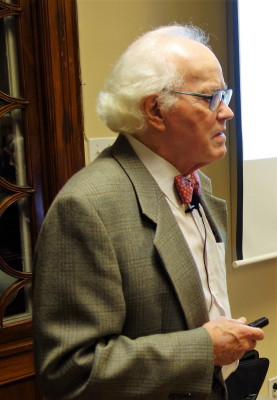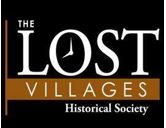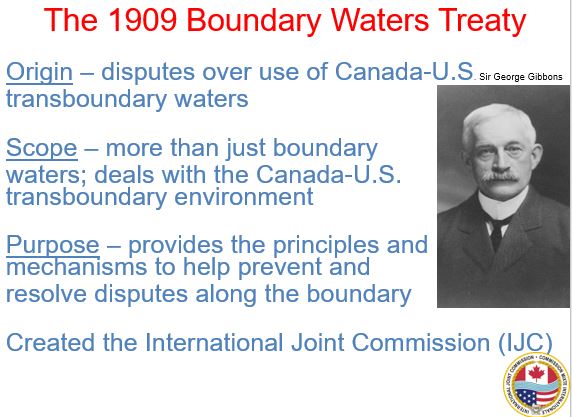St. Lawrence Seaway:
from Procrastination to Realisation
Guest Speaker: Fred Parkinson
When: Thursday, November 16, 2017, from 7:30 p.m. to 9 p.m.
Where: Centennial Hall
288 Beaconsfield Blvd, Beaconsfield, H9W 4A4
Lecture in English followed by a bilingual question period.
First talks between Canada and the United States were held in 1895 considering a water navigation system from Montreal to Lake Ontario. Commitment was lacking, however the discussions did lead to establishing the International Joint Commission (IJC) in 1909 to deal with questions on rivers shared by both countries. By 1949 the need for the waterway connection had become pressing, so serious negotiations were undertaken with the IJC playing an important part. Progress was hindered by vocal opposition from the railways and various other well established business and political interests, but in the end the economics of the mining, industrial and agricultural sectors out-weighed these negative arguments, so an agreement was in place, and construction of the Seaway began in 1954.
Building the two American locks and 5 Canadian locks as well as the powerhouse at Cornwall-Massena required major modifications in the river and along the shorelines. A total of 11 communities were inundated, with two being removed to locations above the final water level. Highways and railways were re-routed. The overall system was hailed as the largest navigation project ever undertaken in the world.
The Seaway was completed and operational in 1959, and in 190 days that year transited 25.1 million tonnes of cargo. Ship traffic grew steadily until 1979, when 80 million tonnes went through, but since has decreased so it now carries about 40 million tonnes per year. Lock and channel improvements have been gradually extending the navigation season, so that in 2006 ships had access for 283 days.
Annual economic benefits shared by many industries and agriculture in both countries resulting from reliable water transport to the Great Lakes provided by the Seaway have been estimated at more than $ 35 billion US.

Fred Parkinson, Retired Consulting Civil/Hydraulic Engineer, spent a 45-year career working in the fields of hydro-power development and river navigation. He was associated with a number of studies to improve the Seaway lock operations during ice conditions and participated in studies on physical hydraulic models to widen and deepen the navigation channel downstream from Montreal. At the same time, he was retained to develop new operating systems for several locks on the Rideau and Trent Canals and overseas for the Panama Canal.
Working in the hydro-power field, his first project in Québec was Carillon on the Ottawa River. Hydro-Québec was embarking on a major development programme, and Fred worked on hydraulic design studies for projects on the Manicouagan and Outardes Rivers in the Lower St. Lawrence Region and on the La Grande, Eastmain and Caniapiscau Rivers in the James/Hudson Bay Regions. He also did key design and development studies on major hydro-power schemes in British Columbia and Manitoba. This experience led to short term expert consultations overseas: Iraq, Pakistan, Nepal, Madagascar, Philippines, Viet Nam, Nigeria, Sudan, Bolivia, Belize, Venezuela and Columbia. His final consulting work was as an expert witness in court concerning the flooding along the Rivière des Ha Ha in the Saguenay Region in 1996.
Following retirement, he served for eighteen months on an International Joint Commission sub-committee to study and make recommendations on modifying Seaway operations to provide water level control of Lake Ontario and the St. Lawrence River that was more acceptable to the many different stakeholders, in particular, environmental interests.
Last Minute special guest at the lecture:
Dr. Murray Clamen, retired Secretary of the Canadian Section of the International Joint Commission, will give a short slide presentation describing the operations of the I.J.C. and describe a few typical studies involving rivers and lakes along the bo
================================================


